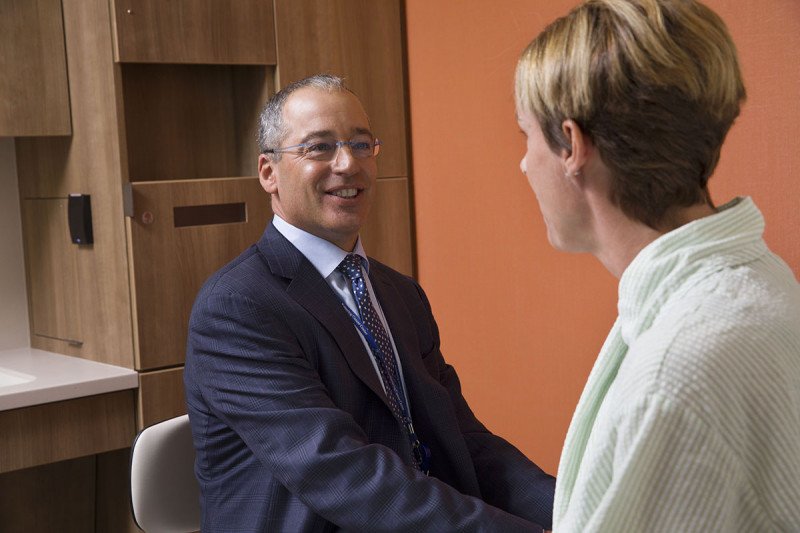
As we move toward alternative payment models for healthcare in the United States, comparative cost analyses need to include the value to patients. When comparing options for immediate breast reconstruction after mastectomy, cost analyses should include patient-reported outcome (PRO) measures, such as BREAST-Q scales and complication rates.
Lemaine et al. from the Mayo Clinic recently published a paper in the journal Plastic and Reconstructive Surgery, comparing the long-term costs and healthcare utilization for autologous breast reconstruction versus implant-based reconstruction immediately after mastectomy. (1)
Together with our colleague Nicholas Berlin, MD, MPH, at the University of Michigan, we published a discussion article in the same issue of Plastic and Reconstructive Surgery, responding with our point of view about the strengths and weaknesses of the analysis by Lemaine and colleagues. (2)
Their analysis is important, given that immediate breast reconstruction after mastectomy costs between $90,000 and $188,000 and is associated with a significant use of healthcare resources. It is also an area of increasing scrutiny by providers and payers as we transition away from a fee-for-service model to alternative payment models to control unsustainable healthcare spending. (2) Cost information is essential for plastic surgeons to engage in meaningful discussions with policy makers and payers about alternative payment models, such as episode-based bundling, that incentivize coordinated services while maintaining or improving care for a defined episode of care. (3), (4), (5)
Overall, our main objection to the cost analysis by Lemaine and colleagues is that it did not include patient-reported outcomes and, therefore, addressed only one-half of the value equation. As we move forward and adjust to a value-based healthcare system, analyses comparing the costs of treatment options must include the value to patients. We look forward to continuing to take an active role in discussions with payers and policy makers on the impact of payment reform on breast reconstruction after cancer treatment.
Here is a summary of the main points of our discussion article. (2)
Key Discussion Points
Autologous and implant-based reconstruction methods had similar costs after two years. Lemaine and colleagues found that initial costs for reconstruction were higher with autologous methods; however, costs for postoperative care and secondary procedures were higher with implant-based techniques. Surgeons need to be aware that costs are similar after two years.
Comparative cost analyses should distinguish planned versus unplanned secondary procedures. Planned secondary reconstruction procedures include expander exchange, contralateral symmetry procedures, and autologous fat grafting. Unplanned procedures include those required to address infection, hematoma, or flap take-backs. By not considering the distinction between planned and unplanned procedures, overall long-term cost data may be misleading. Also, failing to identify and track trends in unplanned procedures misses an opportunity to improve quality.
An immediate time horizon for reconstruction does not adequately capture multidisciplinary breast cancer care. The findings by Lemaine et al. would benefit from an approach that reflects complex cancer care. For example, including adjuvant chemotherapy and radiation therapy would add postoperative costs, as well as significantly increased complications and costs associated with those complications.
Variable costs have changed more recently with the advent of new reconstruction techniques. Newer options — including acellular dermal matrices, autologous fat grafting, preoperative angiography, and intraoperative fluorescent angiography — have contributed heavily to variable costs, well beyond the fixed costs of reconstruction procedures. We must demonstrate the value added by these procedures through well-designed studies that assess both clinical outcomes and the costs of care. For example, the Mastectomy Reconstruction Outcomes Consortium found no significant difference in patient-reported outcomes with acellular dermal matrices in implant-based reconstruction. However, in our clinical experience, this material has improved our ability to provide more consistent patient outcomes in a variety of scenarios. (6)
PROs are an essential part of the value equation for all stakeholders — patients, providers, and payers alike. Identifying and promoting practice changes that add value to breast reconstruction is a priority for plastic surgeons. (7) Their analysis would be greatly improved by including the health outcomes that matter to patients, such as complication rates and patient-reported outcome measures collected with BREAST-Q scales.
BREAST-Q
Experts at MSK developed BREAST-Q in 2009 with input from more than 2,000 patients. BREAST-Q is a questionnaire that evaluates patient-reported outcomes. This validated tool is highly valued and has been adopted worldwide for patients undergoing breast reconstruction after mastectomy and for other breast surgical procedures, such as breast reduction and augmentation.
In the first systematic review and meta-analysis of five of the most commonly reported BREAST-Q modules, Toyserkani and colleagues found that overall satisfaction with the outcome as well as the breast was significantly higher among patients who received autologous reconstruction compared to those who had implant-based reconstruction. (8)
At MSK, we are dedicated to adding value, improving patient outcomes, and minimizing the toxic effects of breast cancer treatment. For example, we are currently conducting a phase III clinical trial comparing hypofractionated radiation therapy (a shorter course of slightly higher-dose radiation, with a lower overall total dose) with conventional radiation therapy in women having a mastectomy and breast reconstruction for breast cancer.
The authors declare no financial interests in relation to the content of their discussion article or the associated article.

